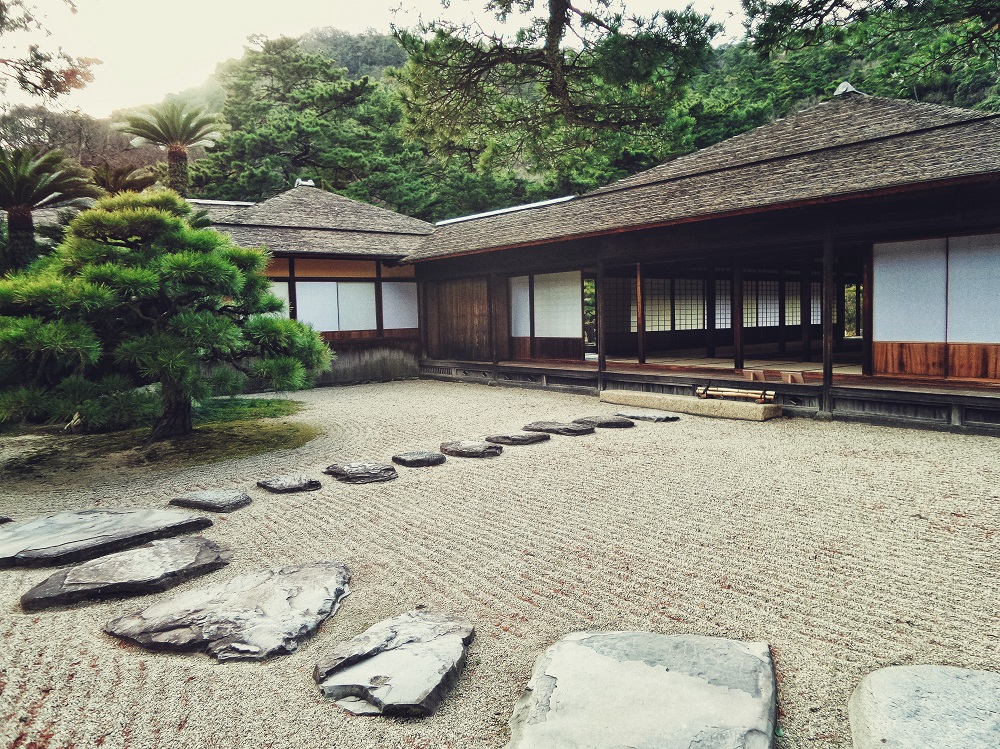As the coronavirus continues to overwhelm the world, the message remains the same over the last few months in Singapore: stay home when you can. To be more specific, employees that could work from home should. Thus, as of a May 2020 survey, around 90% stopped reporting to the workplace.
There’s a common belief, though, that people will get used to whatever situation they are in. It then implies that those who are working remotely might prefer to do so even after the pandemic is over or restrictions ease. What could happen to the workplace? How will it affect interior design?
Here are some FAQs to give you more ideas:
1. Will People Stop Coming to Offices?
The answer is no. In the same survey, no more than 20% said they’d like to work from home all the time. In another study, this time by Cigna, revealed that workers were even more stressed at their jobs in April than they were in January before shutdowns. Singaporeans also had the highest stress levels compared to people in Thailand or Hong Kong.
Not everyone appreciates working from home. Others find separating work and personal lives difficult. Many will struggle with feelings of isolation or even loneliness. Some are not tech-savvy enough.
Nevertheless, experts believe that the demand for office spaces can decline by at least 20%. In Singapore, several would like to work from home on some days.

2. What Are the Possible Changes in the Interior Design?
Offices working with an interior design company could expect the following changes in the interior design:
- The office plan is likely to remain, but workstations can already come with barriers such as acrylic glass. These will be up at least until the world discovers a vaccine.
- Hygiene stations will be more prominent and abundant. These include hand-washing areas and temperature scanners. Automation will play an incredible role here to limit the touching of surfaces.
- Hot-desking might be the new norm. Employees might no longer have a dedicated workstation because of staff rotation and remote work.
- Flexible spaces are also the future. For example, open floor plans also have foldable doors to create modular rooms, primarily if another pandemic occurs.
- Communal areas such as pantries might disappear, at least for a while. Meanwhile, meeting rooms might shrink to limit the number of attendees. Besides, some employees might now work remotely, and technologies like Zoom have kept up with the demand.
3. Are There Other Design Changes to Anticipate?
Yes, one of which is ventilation. Multiple studies already showed that air-conditioning could trigger the spread of the virus, especially in enclosed spaces like an office. Workplaces can significantly reduce the risks by:
- Practicing social distancing, limiting gatherings by continuously working from home or controlling the number of people who report to the office
- Putting up physical barriers or removing places where people are likely to converge
- Encouraging wearing of masks even when inside the workplace
- Improving indoor air quality and HVAC design
- Opening windows whenever possible
Will the office setting return to normal long after the pandemic? No one is certain, but offices can already take the lessons to heart to improve employee safety and welfare even if it means permanent changes in interior design.


